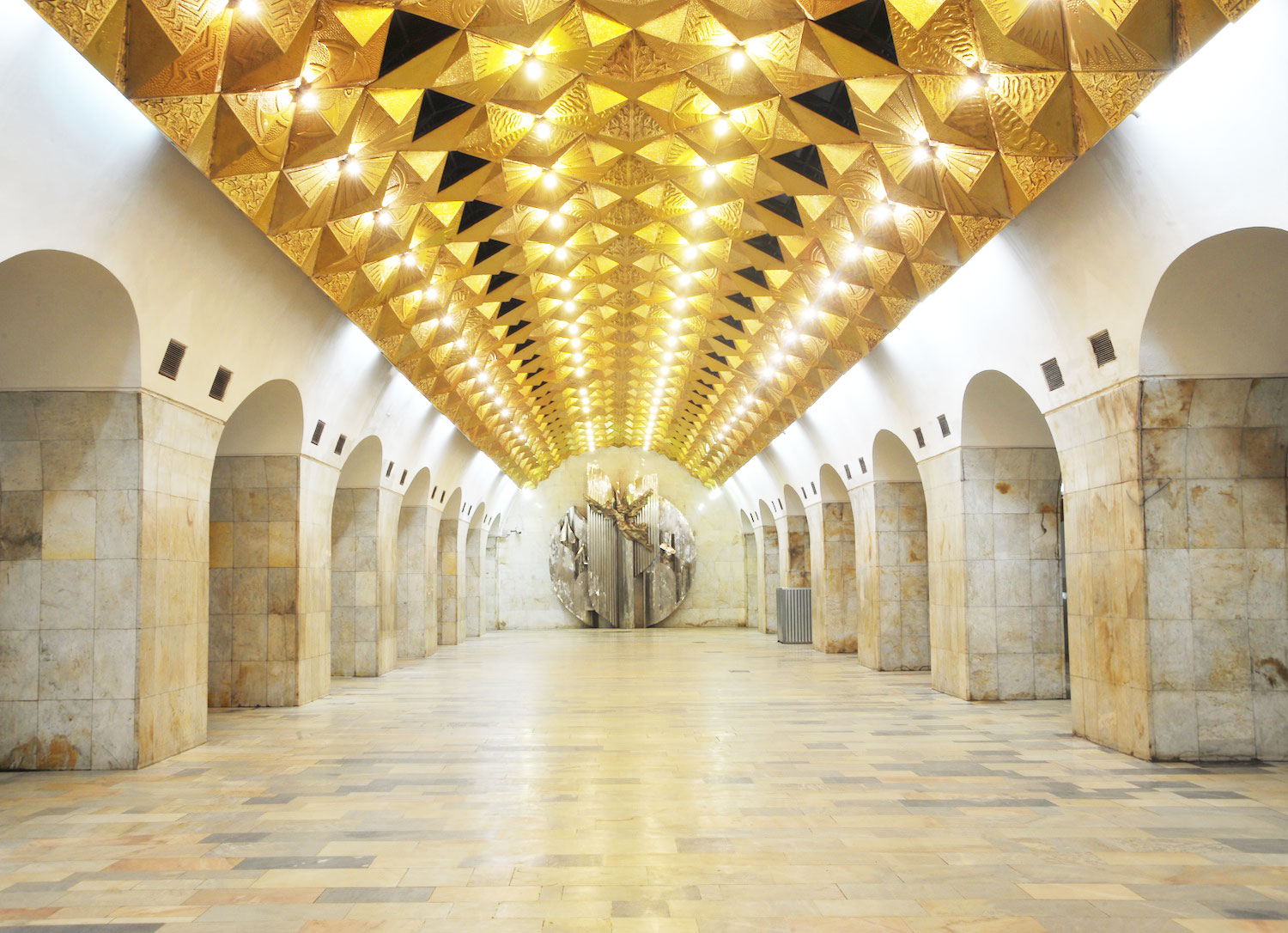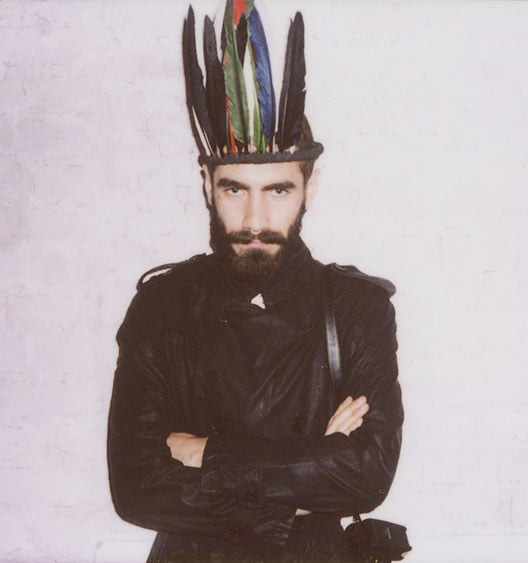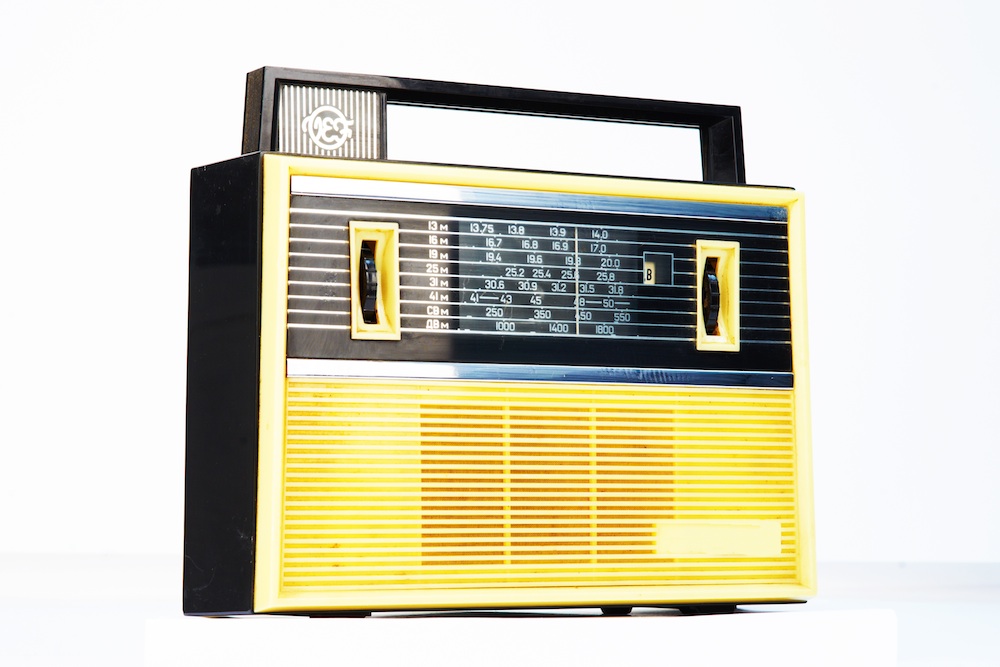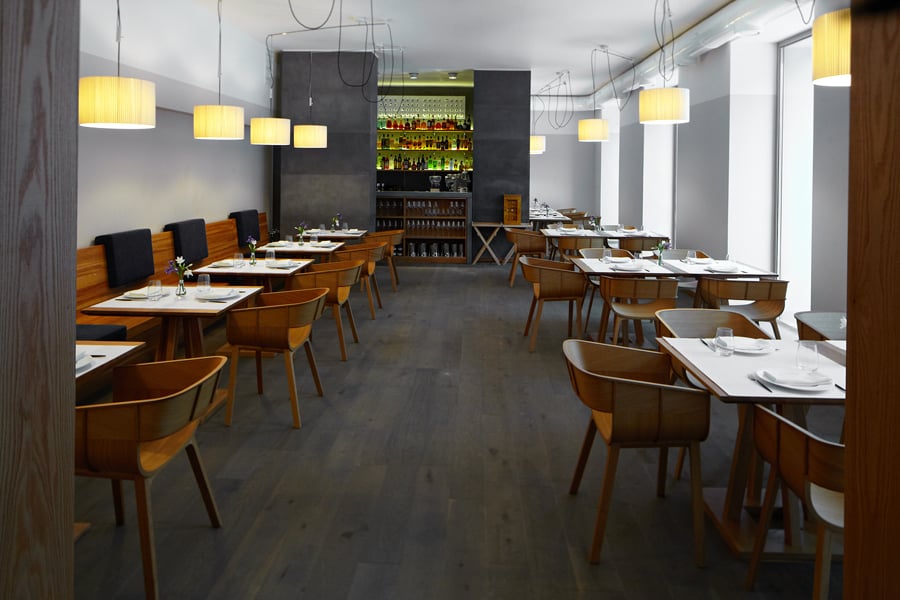Collective aesthetic: inside the beguiling world of design group Dopludo
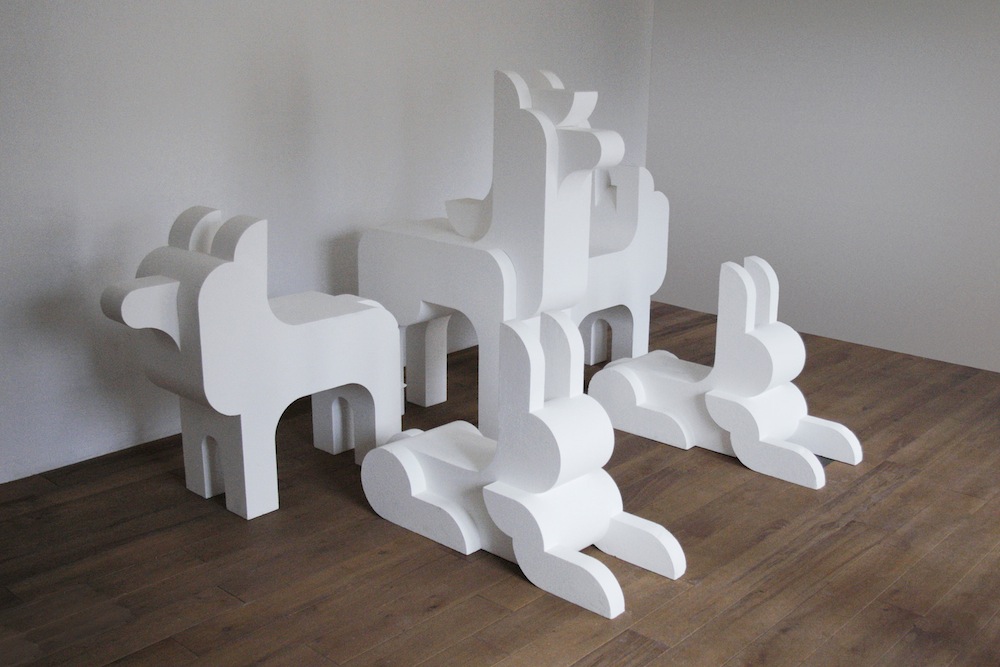
Design collective Dopludo are bringing a shared vision to everything from graphics to interiors and typography
For the Dopludo Collective, two plus two can definitely equal five. The trio of friends who make up the collective, which derives its name from the phonetic transcription of the French for “deux plus deux”, assert their right to embrace the absurd and challenge convention. Having studied in Sweden and Russia, Egor Kraft, Lesha Galkin and Karina Eybatova bring a distinctly Scandinavian flavour to their work, which takes the form of interiors, graphics, illustration, typography, carpentry and digital art.
How did the Dopludo Collective start out?
DC: When we started we didn’t have any fixed idea of what we wanted to do. We were developing gradually and had a go at everything. It started with design then graphics for prints and illustrations, and then video. We always wanted to work with graphics, and we were attracted to large-scale projects. We wanted to make huge objects.
What are you working on now?
DC: We try not to limit ourselves and take on various different projects. We like work that spans different disciplines. For example, designing an interior that requires some kind of mural or design on the wall. Or taking on jobs with different aspects to them, like the one we did for Cafe Artek in St Petersburg, where we designed the whole interior. We choose projects like this because it’s in this interdisciplinary space where the most interesting things happen, whether it’s in music, fashion, art or film. Each of us has got something that we’re particularly good at: Lesha works in three dimensions, and does product design and interiors; Karina does illustration and graphics; and Egor works in mixed media and does more straight-up art.
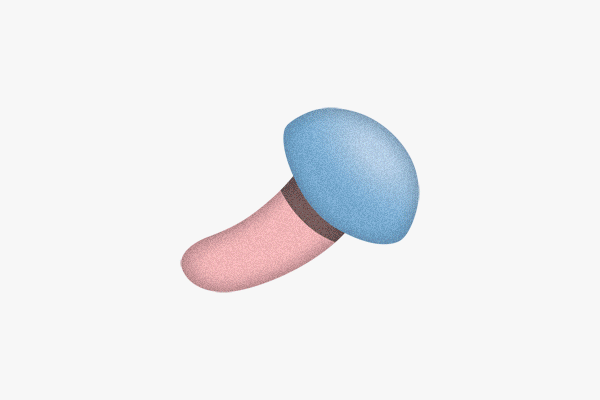
Gif of images from a hand-drawn mural in Barcelona’s Bit Hotel (2012)
In descriptions of your work you make a lot of references to Scandinavia. How has the region influenced your work?
DC: Scandinavia is very dear to us and we believe that geographical location has an influence on aesthetic perception. St Petersburg is five hours drive from Helsinki and so it’s probably logical for people here to like Scandinavian things.
What would you say about Russian design at the moment?
DC: There is a lot of plagiarism in Russia right now. People who are engaged in some sort of art are not used to thinking of themselves in a global context, so they think that if the people they copy are somewhere far away they’ll never find out. That’s very sad, especially when it comes to product design because the main goal of a product designer is to invent something new, to find alternative solutions to problems.
You studied abroad quite a lot. Is there any point in studying art, not just in Russia, but anywhere in the world?
DC: We are very glad that we don’t actually have degrees in design. When it comes to graphics and illustration you could and should soak it all up on your own. On the other hand, if you are a designer who works seriously with technical processes such as book layouts, where it’s important learn the tools and software then it’s better to learn from professionals. Unfortunately art education in Russia is still pretty bad, with the exception of the Rodchenko Moscow School of Photography and Multimedia But studying architecture in Russia is not so bad. For example, there’s a really good architecture school in St Petersburg.
But that’s not what you’d think looking at the contemporary buildings being built there?
The number of architecture graduates is huge. From every hundred around five are capable of building something decent but they don’t necessarily make it as commercial projects. There are a lot of people in Russia but for some reason most of them have very bad taste. So what matters is not how good the education system is, but who is studying in it.
